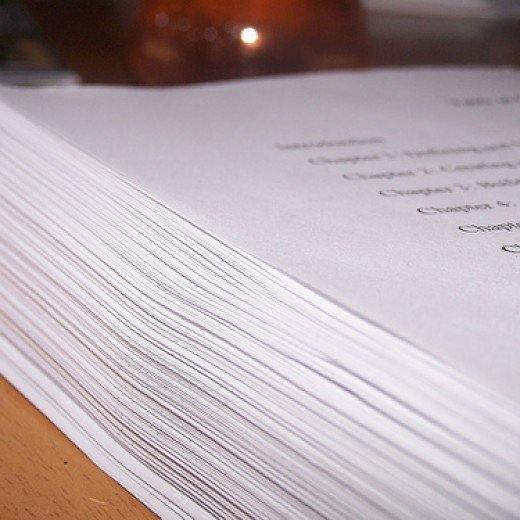Story Beginnings by Kay Keppler
Please join me in welcoming back author Kay Keppler as she discusses the importance of beginnings in our books. In other words, have you gripped or hooked the reader from the first line? Enjoy!
***
Start Your Book on Familiar Ground
When readers pick up a book, they decide quickly—sometimes as quickly as the first paragraph, or even the first sentence—whether they want to read further. Hooking that reader with an intriguing opening is critical, especially if that reader is unfamiliar with your work. Many books have well-established ways of opening. Authors, like chess masters, can choose familiar opening gambits that help readers feel comfortable while establishing the story, stirring interest, and starting the action. You might want to think about launching your story with one of these familiar types of openings.
Opening with the Storyteller
Consider this beginning: “Call me Ishmael.” That’s the first sentence of Moby Dick by Herman Melville. In this opening, the narrator talks to the reader. He tells you what to call him, not what his name is. Think how people introduce themselves. Someone might be very direct and say, “My name is.” To establish an immediate connection that does not yet exist, someone might say, “My friends call me.” A person might say, as Ishmael does, “I am called.” These different ways of self-introduction suggest different personality characteristics on which you can expand for the first-person narrator of your book.
Opening in a Crisis
Another well-known way to open a book is in a crisis situation. For example: “Charlene Braddock slammed her laptop closed and hurled it across the bedroom.” This sentence opens Midnight Lies by Ella Grace. With only the first sentence, we know only one thing for sure: Charlene Braddock is furious, and she is furious right now. But the fact that she’s in the bedroom when she throws the laptop is suggestive. The location isn’t random. Reading into the first paragraph, the reader learns that Charlene is furious with her ex-husband, whom she still loves. Using this kind of hint also draws the reader into the page to learn more.
Here’s another example: “Something terrible happened.” This sentence opens Nadine Gordimer’s The House Gun. In this very short sentence, we understand that the drama is not immediate, as it is in Grace’s novel. Within just a couple of sentences, we find out that the terrible “something” that happened is in the news, on television, not personal. But in just a few more lines, the plot unspools. Something terrible happens to the characters, as well. And when it does, Gordimer switches to the present tense. The present “terrible something” reflects the bad news on the television.
Opening with a History
“I’d been waiting for the vampire for years when he walked into the bar.” Charlaine Harris begins Dead Until Dark this way. The narrator opens the story with a simple truth of the story of her life. Readers like personal histories, everyone likes gossip, people want to know more about other people. This kind of opening suggests that the narrator is talking to a friend or family member, and we trust the narrator and the story she tells. It seems direct and honest. And in starting this way, although we know we’re going to hear a lot about vampires, we also know that we’ll be finding out a lot about the narrator, as well.
Opening in Aftermath
Sometimes you want to start a story after the triggering event or even after the dust has settled—that is, not with the action but the characters’ response to it. The Pelican Brief by John Grisham opens this way: “He seemed incapable of creating such chaos, but much of what he saw below could be blamed on him.” The next paragraphs discuss the chaos—the mob, the police, and the riot. But Grisham shows this chaos and frames the discussion through the eyes of one man—making the story not about indistinguishable multitudes, but just one man and what’s at stake for him.
But wait, there’s more
These are just some of the ways you can set up your novel and draw readers into your story. Other familiar ways include opening with an encounter, a death (or immediately after a death), or an illness. However you begin, hooking that reader quickly is imperative. Your beginning sells your readers on your book, making them want to read to the end.
And at that point, the ending sells them on your next book. But that’s another story.
***
ABOUT THE AUTHOR
Kay Keppler (www.kaykeppler.com) is an author Zero Gravity Outcasts, Betting on Hope, Gargoyle: Three Enchanting Romance Novellas, and editor of fiction and nonfiction – Angel’s Kiss, Outsource It! who lives in northern California. Contact her here or at kaykeppler@yahoo.com to ask questions, suggest topics, or if you prefer, complain.







